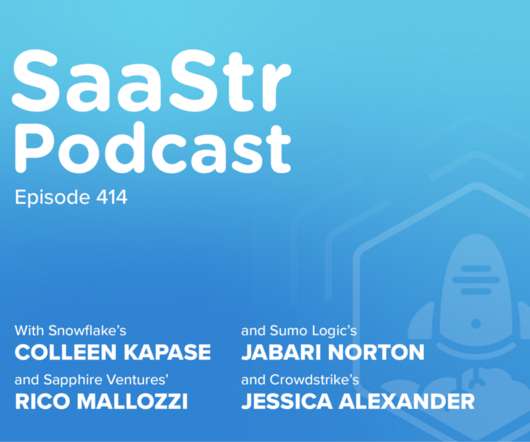Consumption-based pricing models: transition guidance for CFOs
OPEXEngine
JANUARY 11, 2022
There are many vendor benefits, too — it is easier to sell and it embodies a customer success solution orientation that drives high customer lifetime value and revenue. Many times, a customer can just use a credit card to start using a vendor’s solution. New tracking systems and processes. Pay for performance compensation plan.













Let's personalize your content